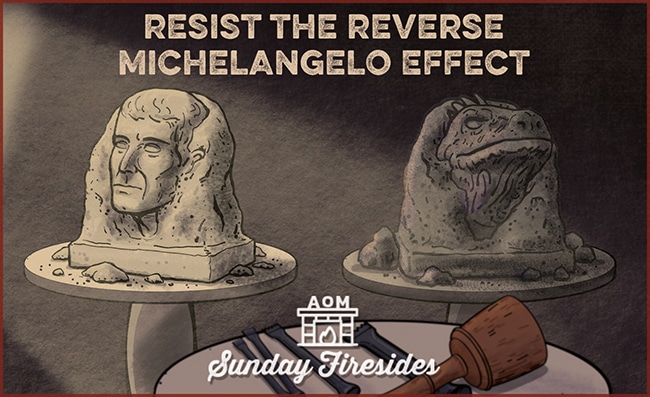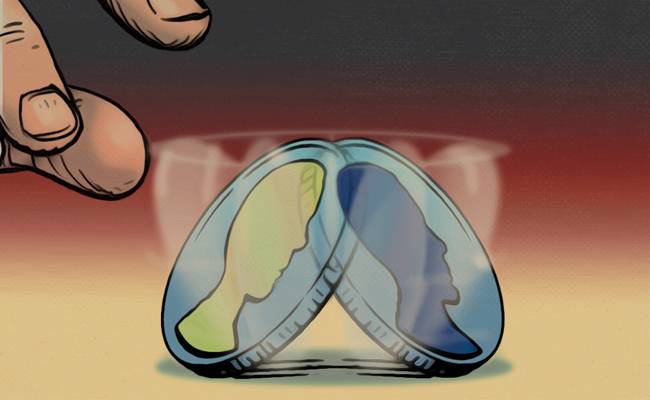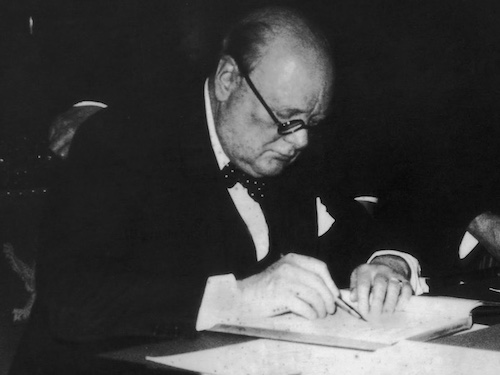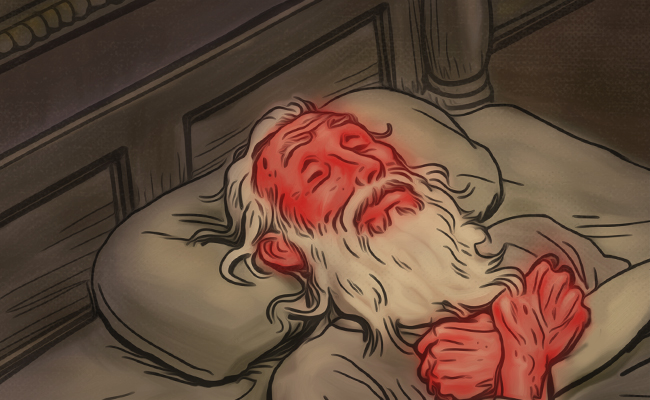
In psychology, the “Michelangelo effect” refers to the capacity of individuals to bring out their partners’ best qualities. By recognizing and affirming their partners’ potential, and supporting the development of the traits and skills necessary to reach it, people help shape their partners into their ideal selves.
The phenomenon is named for the way the artist Michelangelo supposedly described his sculpting process: that he carved a block of stone until he released the figure — the angel — he saw within it.
While the Michelangelo effect has been observed in close relationships, it likely operates with larger cultural influences as well. It also seems certain that the effect can operate in reverse — that the influences around us can bring out the worst aspects of ourselves.
Philosophers and theologians have long marveled at the greatly divergent potentialities of human beings — our capacity to be both near to the worms and close to the gods.
For ages, humans were regularly reminded of that latter latency, as only the best writing, art, and music — evidence of the heights of our intelligent, creative possibilities — made it into the public’s purview.
Today, technology allows, and incentivizes, the broadcast of our basest traits — first-thing-that-came-into-my-head opinions, unexamined hot takes, look-at-me! spectacles.
Technology has placed us inside a 360-degree mirror of human nature, and all we see is a reptilian resemblance reflected back to us.
These representations sculpt us away from lofty, heroic ideals and towards the lowest-common-denominator versions of ourselves.
In the artist studio that is life, we are shaped not only by our actions but also by others. We must actively resist the forces that would work upon us for ill, and surround ourselves with the people, images, and ideas that would liberate the True, the Beautiful, and the Good within us — the influences that would make us less lizard-like, and more divine.







